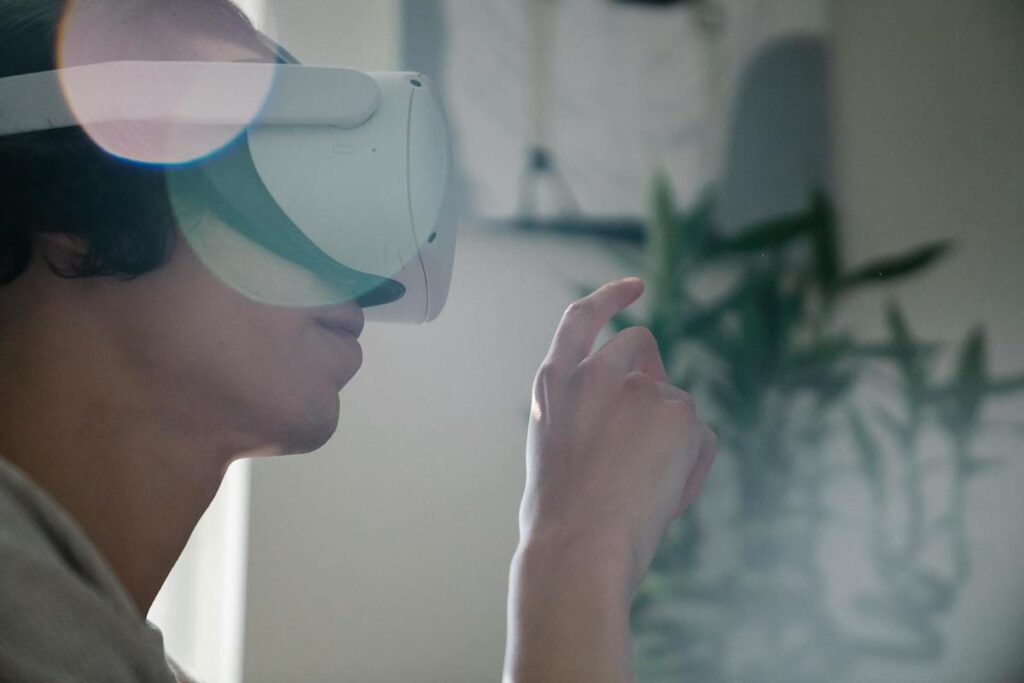
<span class=caption-credit> Pexels/Eren Li</span>
Virtual Reality in Healthcare: Transforming Patient Experience During Medical Treatments
The Rise of VR Technology in Medical Settings
Virtual Reality (VR) technology is revolutionizing healthcare by offering innovative solutions for patient comfort and treatment management. From anxiety reduction during medical procedures to pain management in chemotherapy, VR is proving to be a powerful tool in enhancing patient experiences across various medical settings.
Real Patient Success Stories: A Veteran’s Experience
Stanley Johnson, a 67-year-old Air Force veteran, exemplifies the transformative power of VR in medical treatments. Despite his aversion to needles, Johnson found solace in using his Apple Vision Pro during iron deficiency IV infusions. Through the immersive wellness app Tripp, he discovered effective ways to manage anxiety and make his treatment sessions more bearable.
Scientific Evidence: VR’s Impact on Patient Wellbeing
Recent research at the Vanderbilt-Ingram Cancer Center has provided compelling evidence of VR’s effectiveness in medical settings. A groundbreaking study involving 90 chemotherapy patients demonstrated significant improvements in stress levels and pain management among those using VR technology. The study revealed an average heart rate reduction of 6.6 beats per minute in patients using VR, confirming its calming effects.
Accessibility and Implementation in Healthcare
The accessibility of VR technology has made it increasingly viable for healthcare settings. With options ranging from high-end devices like the Apple Vision Pro to more affordable solutions like Meta’s Quest 3S at $300, healthcare facilities can implement VR solutions with relatively low investment. The technology’s durability and ease of maintenance make it a practical addition to medical facilities.
Beyond Entertainment: Therapeutic Applications
VR’s applications in healthcare extend beyond simple distraction. The technology offers carefully curated experiences, from guided meditation to virtual tourism, designed specifically for medical settings. Healthcare providers are particularly mindful of selecting content that minimizes motion sickness while maximizing therapeutic benefits, especially for sensitive patients like those undergoing chemotherapy.
The Future of VR in Patient Care
As research continues and technology advances, the potential applications of VR in healthcare are expanding. The technology’s ability to engage multiple senses and provide immersive experiences makes it an invaluable tool for patient care. Whether it’s watching movies during long treatments or engaging in therapeutic exercises, VR is becoming an essential component of modern medical care.
Conclusion: A New Era in Patient Experience
The integration of VR technology in healthcare settings represents a significant advancement in patient care. By providing effective distraction, anxiety reduction, and pain management tools, VR is helping transform challenging medical procedures into more manageable experiences. As technology continues to evolve and more research emerges, the role of VR in healthcare is likely to expand further, offering even more innovative solutions for patient comfort and care.





